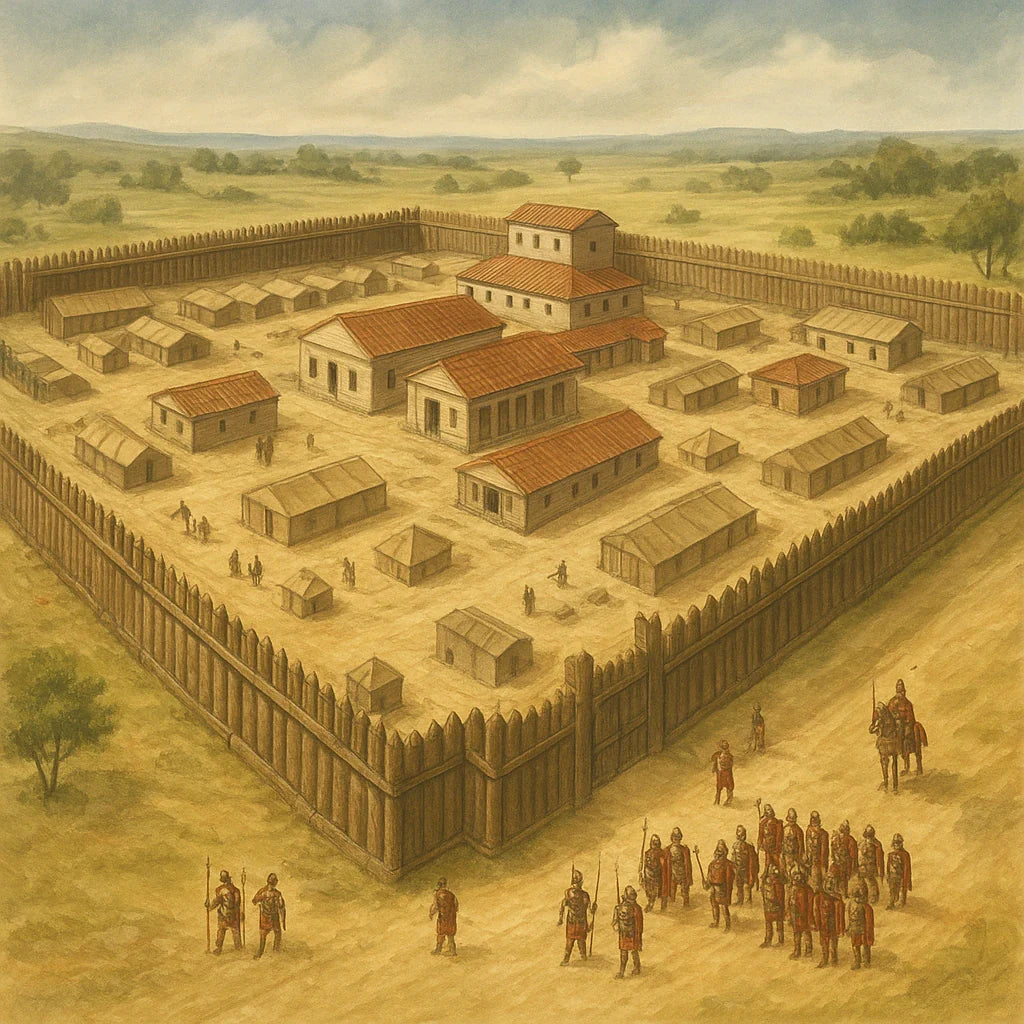Viking maritime domain
The Vikings were not only feared warriors in medieval Europe; they were also exceptional navigators who mastered seas and rivers thanks to their advanced naval technology and intimate knowledge of the natural environment.
Between the 8th and 11th centuries, these Scandinavian peoples traveled the North Sea, the Atlantic, and the great European rivers, reaching Iceland, Greenland, and North America long before other explorers of their time.
Their ability to build strong, maneuverable ships, along with advanced navigation techniques, allowed them to expand and establish trade routes, colonies, and temporary settlements.

Viking longships: the key to naval dominance
The basis of their maritime success was the drakkar or longships, true marvels of medieval engineering.
With a narrow, elongated hull constructed using overlapped planking, the drakkars combined strength, flexibility and lightness.
Its deep keel provided stability in rough seas, while its symmetrical design allowed it to reverse course without turning, a crucial advantage in icy waters or shoals.
These vessels could navigate shallow rivers and open waters, facilitating raids, trade, and exploration.
The drakkars reached speeds of 15 to 17 knots (27-31 km/h), outperforming most European ships of the time.
Rivers as natural highways
The Vikings used rivers as true natural highways.
The Seine in France, the Thames in England, and rivers in Russia, such as the Volga and the Dnieper, connected Scandinavia with Byzantium and the Abbasid Caliphate. Thanks to these routes, Viking artifacts have been found from Baghdad to Greenland, demonstrating the breadth of their trade and the cultural expansion of the Norse peoples.
Their ability to combine maritime and river navigation allowed Viking society to prosper, integrating trade, exploration, and colonization into their way of life.

Navigation instruments and techniques
Although they did not know the magnetic compass, the Vikings developed sophisticated navigation techniques.
They used the solskugger, a portable sundial, and the Icelandic sunstone, capable of detecting the polarization of light. With these instruments, they could locate the sun on cloudy days and at dusk.
In addition, they read the color of the water, the direction of the waves, and the flight of birds to identify the proximity of the coast.
At night, they were guided by elementary astronomy, using the North Star and the constellations visible in the northern hemisphere, combining practical knowledge and oral tradition passed down from generation to generation.
Viking female explorers in history
Not only men participated in these expeditions; some Viking women were also explorers and travelers.
Gudrid Thorbjarnardóttir, for example, reached Greenland and North America, being one of the first Europeans to set foot in America.
Other women accompanied men to colonies in Iceland and Greenland, demonstrating that Viking expansion was a family and community project, where women and men shared responsibilities and knowledge.

The secret of their maritime dominance
The Vikings' maritime power was no coincidence. Their dominance was based on innovative longships, advanced navigation techniques, observation of the skies, exploitation of rivers and seas, and a culture that valued exploration, trade, and colonization.
Thanks to these skills, the Vikings built an empire of routes that connected Scandinavia with Europe, Asia, and America, leaving a maritime legacy that remains one of the most brilliant pages of the Viking Age.
Don't forget to visit our Viking Collection in the Medieval Shop.









